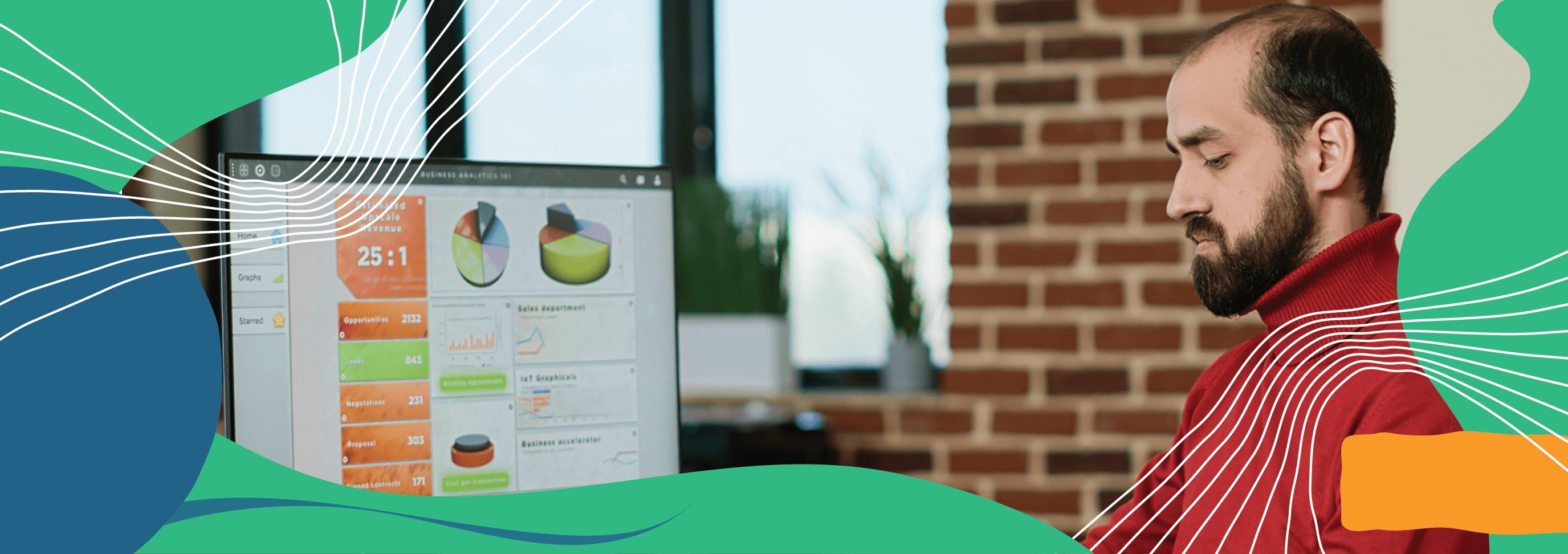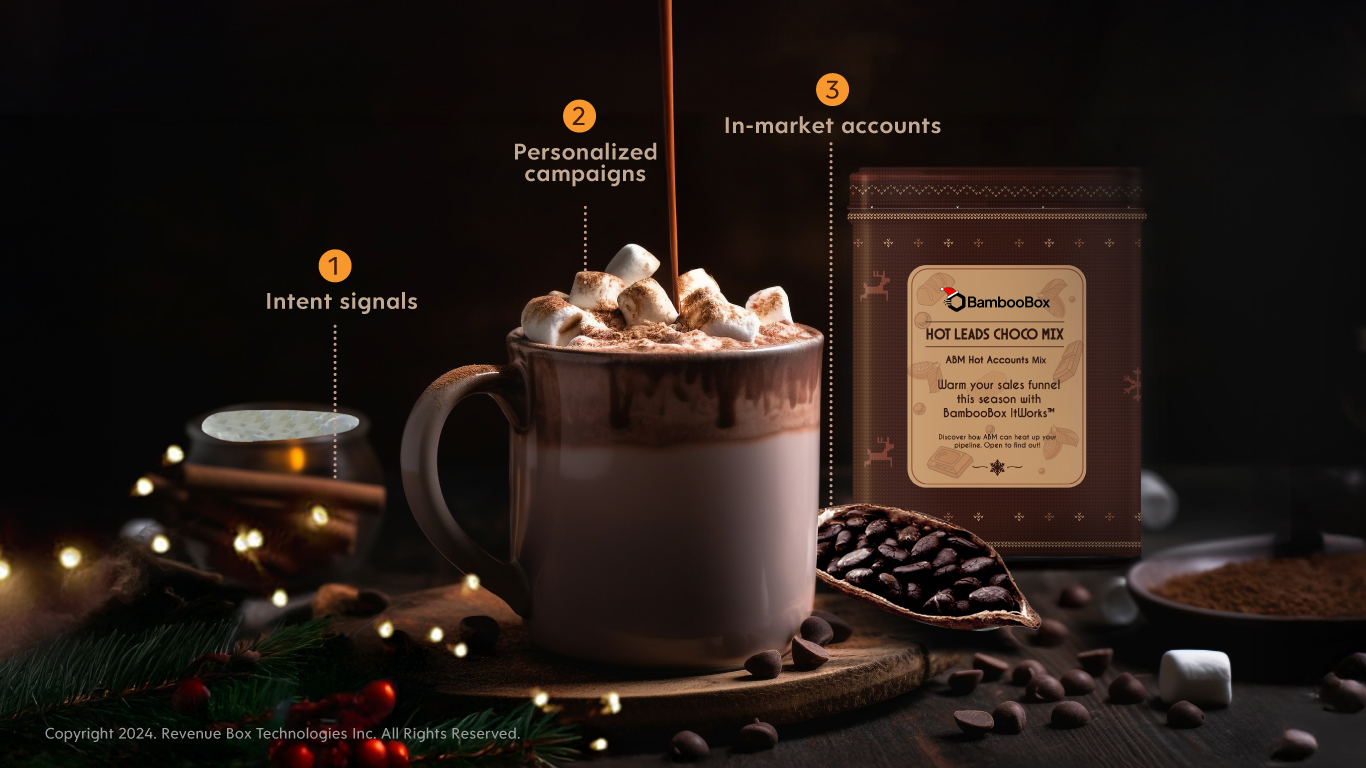The B2B customer journey starts much before the user even considers the product. A B2B buyer journey is made up of all the steps a buyer takes from the moment they face a problem until they become a loyal customer of your product or solution.
A B2B buying journey is usually long and complex because it involves multiple stakeholders in the decision-making process. Meanwhile, the B2C buyer journey is comparatively shorter because most B2C customers buy impulsively. B2B marketers need to understand their buyer’s journey and accurately track them.
Why is it important to understand the buyer journey?
How is a buyer using your product? What is their satisfaction level? What are the chances of them discarding or retaining the product? How likely are they to recommend your product.? Knowing the answers to these questions is crucial to positioning a competitive stance in the market as a business owner.
76% of B2B buyers expect businesses to know their unique expectations and needs. Customer journey tracking is a great way to understand and satisfy buyers’ wants.
What are the stages of a B2B buyer journey?
As mentioned earlier, the B2B sales cycle is long and complex. There are 5 primary stages, each involving a specific customer activity. Understanding and mapping these steps can help B2B marketers identify where their target accounts are in the buying process. This can be leveraged for strategizing effective, journey stage-specific engagements.
Brand discovery
The very beginning of the B2B buyer journey happens with awareness. It is the moment a buyer discovers your brand. It can be through a recommendation, advertisements, or promotions. Mapping this stage will help you identify the source and channel of this information. You can gain insights into the effectiveness of your marketing efforts for this stage.
Interest and consideration
If you can make your prospects see the value in your product, they will show interest and want to know more about it. They can either choose to scroll through your landing pages and website or research more about your brand by going through blogs or reviews. If they find compelling information about your product, they would want to ask for a sales consultation, demo, or a trial. This stage is critical for B2B buyer journey mapping as it will give you insights into the quality of the marketing pipeline.
Purchase
If the buyer is convinced of your user proposition, they will purchase the product. The product that addresses customers’ pain points and offers a suitable solution is best trusted by consumers. You have to assist the buyer with the delivery and setup of the product, which includes giving user and onboarding guides.
Follow-up and feedback
The B2B customer journey goes beyond the purchase and delivery of the product. After delivering and setting up the product, the user may face certain issues (small or big). While some users may choose to communicate the issues directly to you or via customer support, some of them may just pose a bad review or discuss it in public forums. Mapping this stage is vital as you will get to know the real issues with the product and how users are dealing with it.
Nurturing relationships
To strengthen any kind of relationship, you have to communicate well and so is the case with B2B buyers. It can be in the form of weekly newsletters, personalized emails and messages, or even with a strong customer service system. If a buyer feels heard and cared for, they are more likely to recommend your brand to others. This stage of B2B customer journey mapping will help you understand, analyze, and strengthen your communication system with the buyers.
How to track the B2B customer journey
While it is important to understand the stages that comprise the B2B buying journey, B2B marketers need to have a clear buyer journey tracking mechanism. This will help you gain the insights you need to enable the personas in the buying group to complete their buying jobs swiftly at every stage. This will significantly simplify the buying process and decision making for any B2B buyer.
Following are the ways you can accurately track the B2B customer journey.
Visualizing the journey
Before directly jumping into goal and objective setting, you need to visualize and set up the B2B buyer journey. You can start by identifying different stages of the buyer journey, what you want to assess in each stage, how you want to map them, and what tools you are going to use. This will help you gain a comprehensive overview of the B2B buying journey and allow you to strategize your plans to enhance customer experience.
Identifying touchpoints
After you’re done setting up the journey, you will be able to identify the touchpoints in a B2B customer journey map. Touchpoints are the point of interaction between a business and customers like websites, social media, blog, email, etc. Identifying touchpoints will help you understand the different journey stages of buyers and improve your marketing efforts to offer them a personalized experience.
Mapping the journey
Mapping the B2B buyer journey is a crucial process as it lays the foundation upon which all the strategies are developed. It enables the internal team to plan their marketing and advertising efforts, contributing to a personalized and fulfilling experience.
Optimizing the B2B customer journey
Knowing and visualizing the important touchpoints will help you cater to the specific behavior patterns of the buyer. This will further help in enhancing your marketing strategy while improving customer experience.
Final Thoughts
B2B marketers dream of a pipeline full of solid opportunities. One clear way for them to realize this dream is to be actively involved in identifying, understanding, and analyzing buyer activities across the entire journey. This way they can extract the insights required to engage fruitfully with their target accounts across the buying journey. Therefore, tracking the buyer journey is as important as any other activity for B2B marketers.



